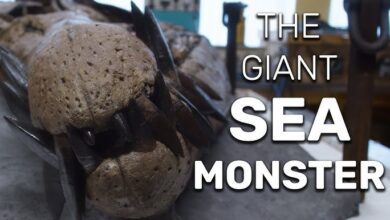Newly Discovered Cave Paintings Change Our Understanding of Prehistoric Man
1. **Leang Tadong Kart (Indonesia):** The Leang Tadong Kart cave on the island of Sulawesi, Indonesia, is home to the oldest known animal painting – an image of a wild boar that is at least 45,500 years old. The cave is known locally as “Buffalo Cave,” because buffalo were once brought into the cave to avoid flooding during the rainy season. The painting, located about 50 meters from the cave entrance, was painted using a spray-painting technique through the palm of the hand, demonstrating the skill and creativity of prehistoric artists.
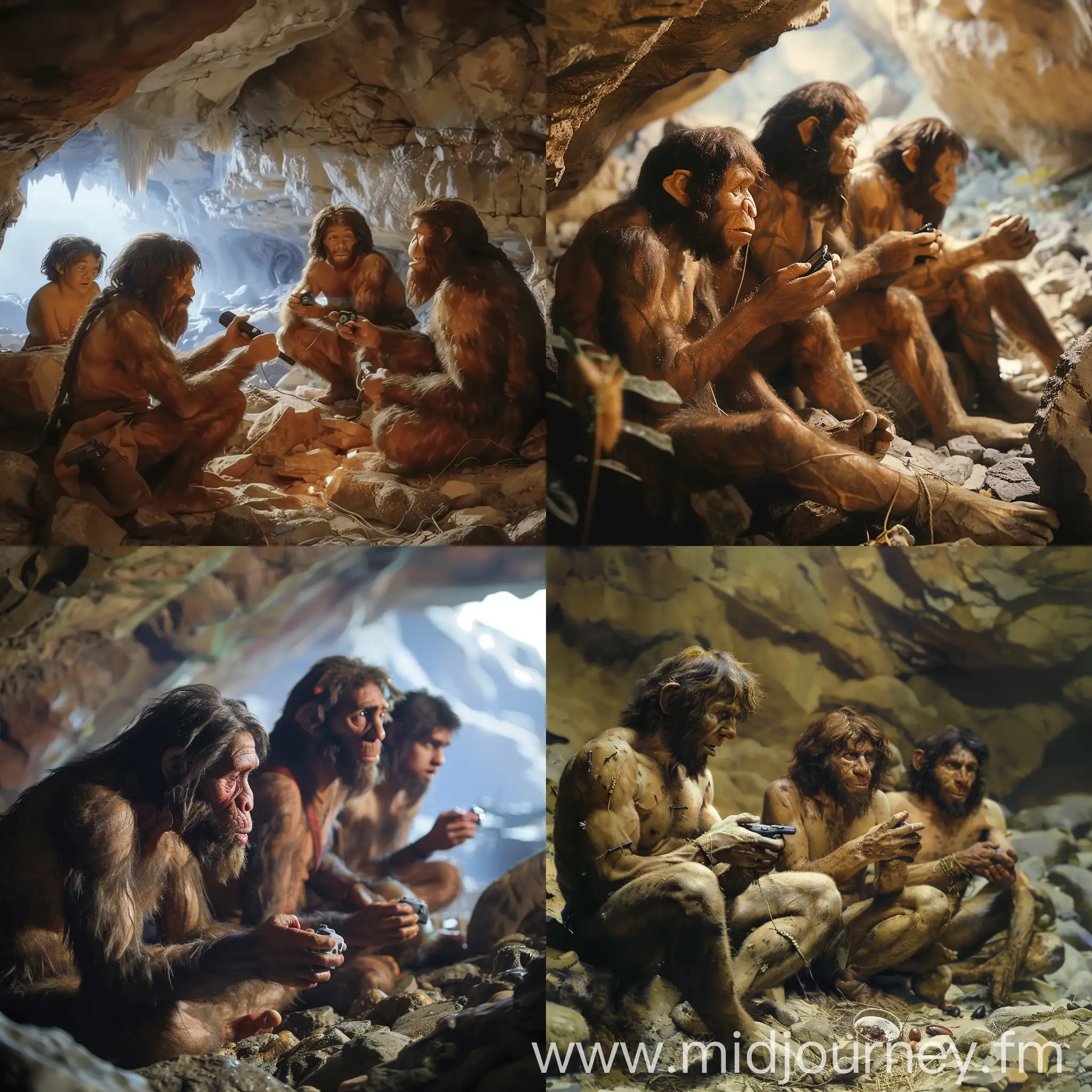
2. **Neanderthal Cave Art (Spain):** In Spain, archaeologists discovered a Neanderthal cave painting that is more than 64,000 years old. This changed the perception of Neanderthals, showing that they were not just simple creatures but also capable of symbolic expression and cultural practices. Using uranium dating techniques on mineral pigments, they were able to create art long before the arrival of modern humans in Europe.
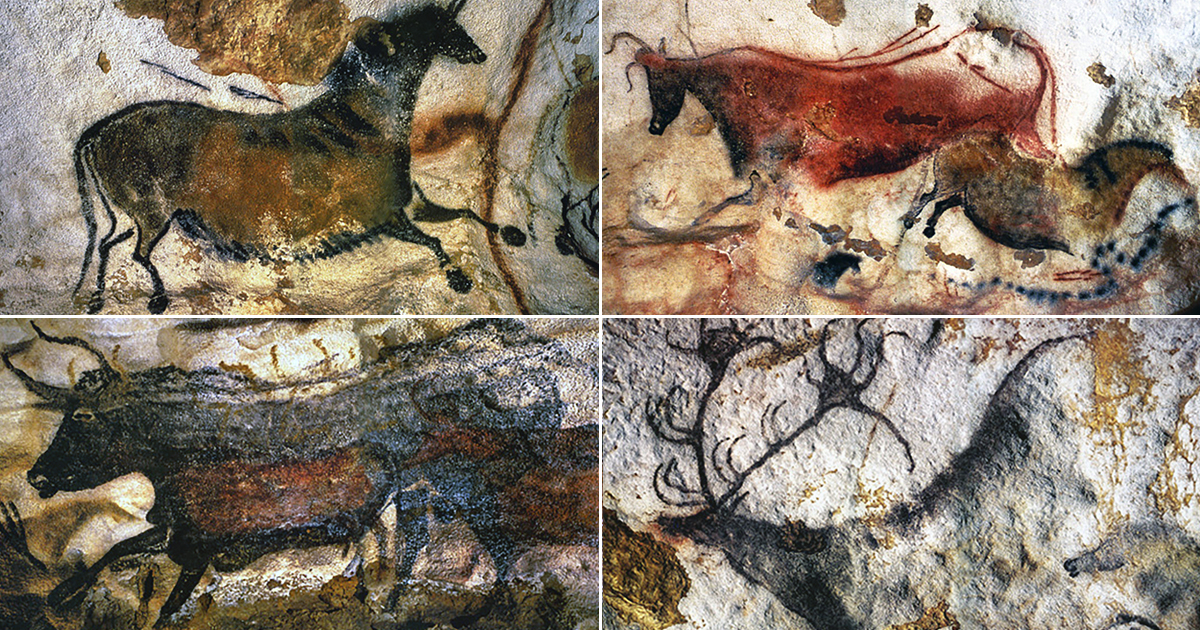
3. **Lascaux Cave (France):** Lascaux Cave is famous for its paintings of Ice Age animals such as mammoths, bison, horses and deer. These paintings were mainly made by Homo sapiens around 65,000 years ago, using red and black stones to create vivid images on the cave walls. Since the late 19th century, scientists have debated their meaning, from the first forms of communication to religious rituals, but there is no definitive answer.
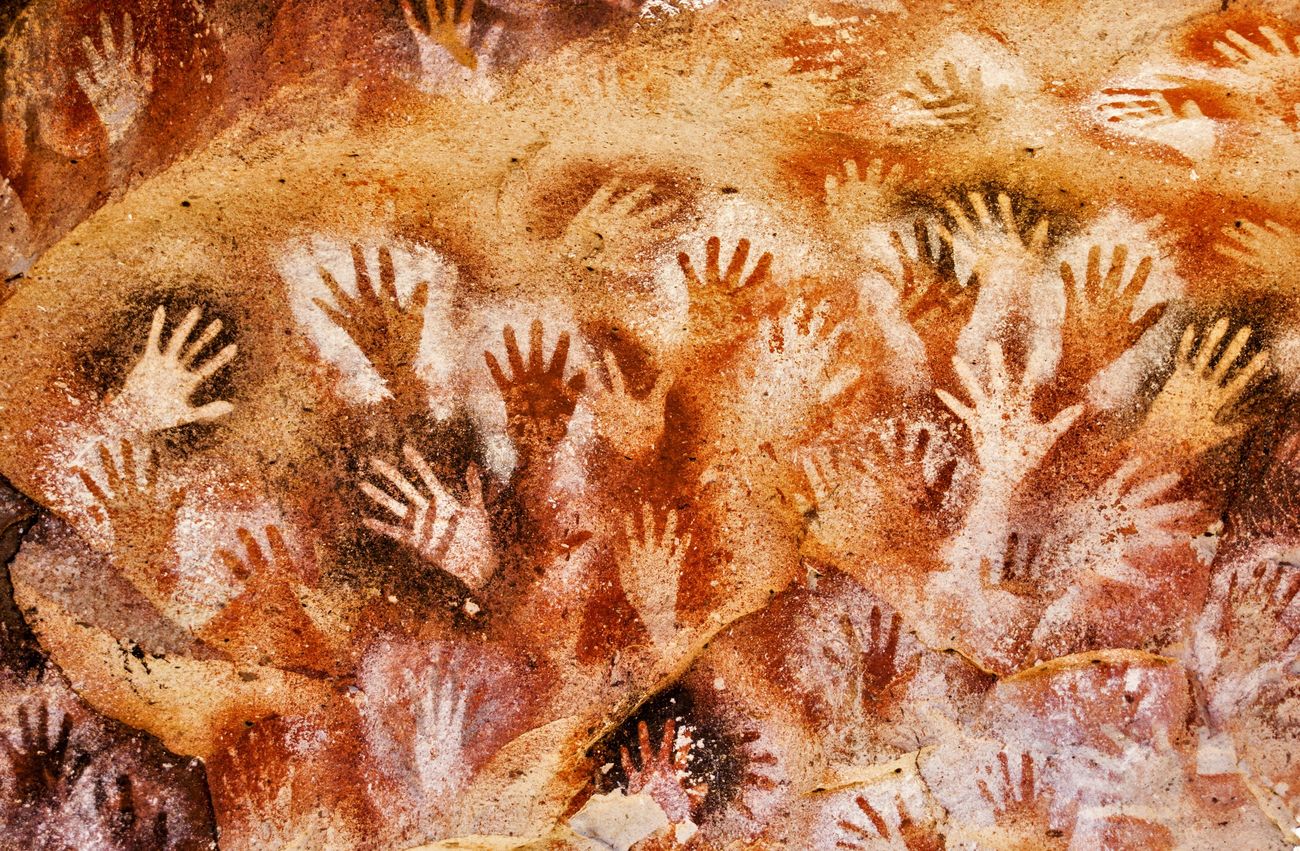
4. **Cueva de las Manos Cave (Argentina):** Located in Argentina, Cueva de las Manos Cave is notable for its handprints that were made around 10,000 years ago. The cave contains images such as handprints, many with six fingers, along with hunting scenes and animals such as guanacos. Techniques such as spray painting through the mouth create negative handprints, providing insights into the lives and beliefs of prehistoric people.
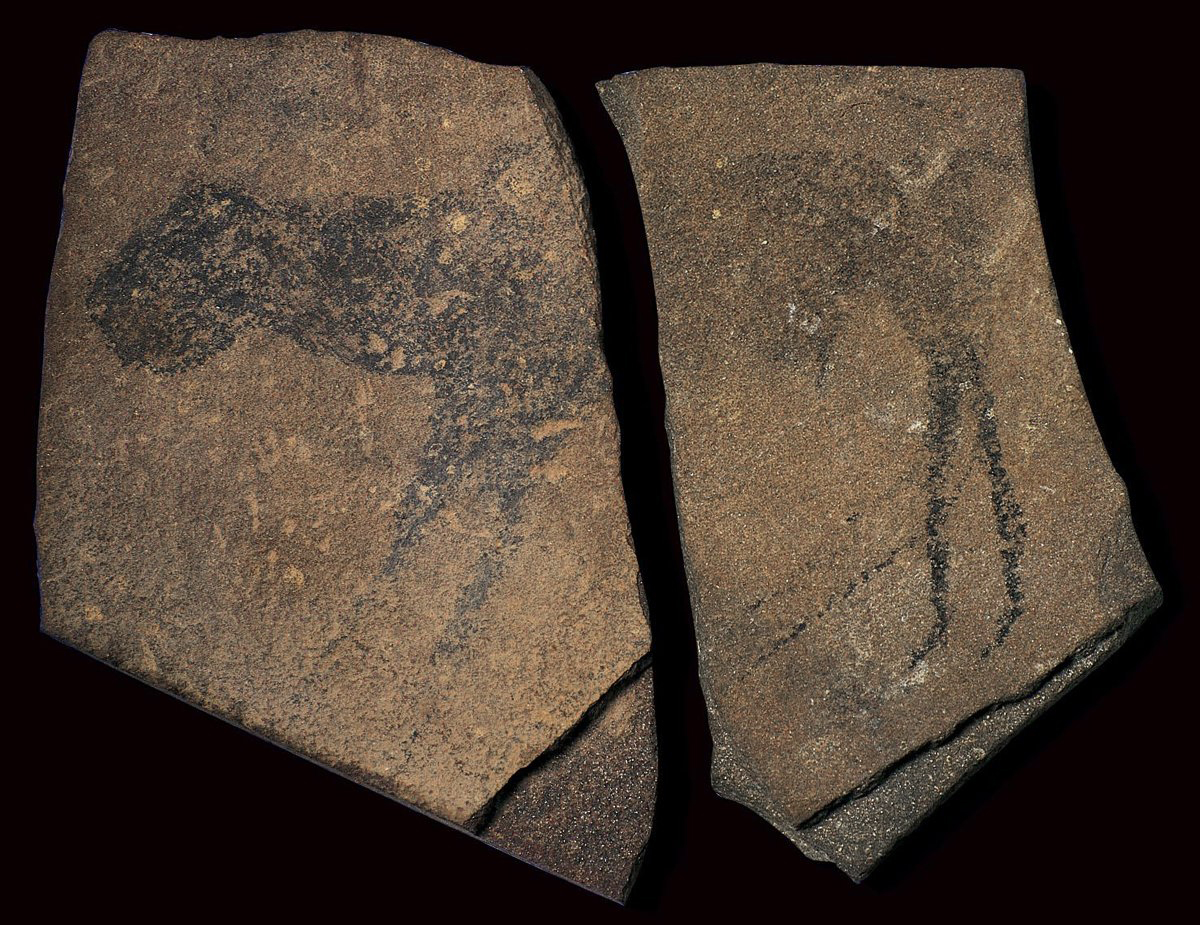
5. **Apollo 11 Stones (Namibia):** Discovered in Namibia, the Apollo 11 Stones are approximately 25,000 years old. These portable stone images, engraved with hunting animals and other symbols, reveal the social awareness and artistic expression of ancient humans. The movable nature of the stones suggests that they were carried along during ancient human migrations, conveying symbolic and cultural meaning.
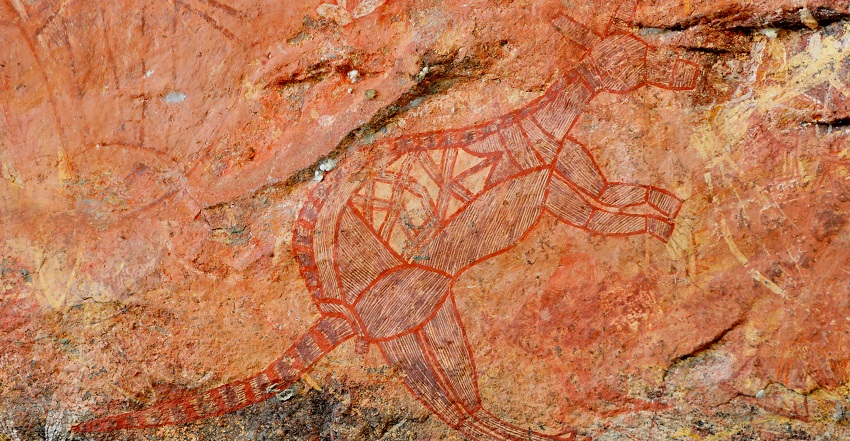
6. **Kakadu Rock Art (Australia):** In Kakadu, in Australia’s Arnhem Land, rock paintings have been found that are at least 25,000 years old. The “X-ray” style here, in which the internal organs of animals are depicted alongside their external forms, is deeply reflective of the culture and beliefs of the indigenous people. The paintings also record environmental changes and the appearance of extinct animals, illuminating the climate and ecosystem of ancient times.
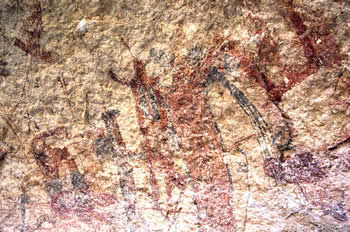
7. **Lower Pecos Rock Art (Texas and Mexico):** The Lower Pecos region along the Rio Grande and Pecos rivers in Texas contains intricate rock paintings that date back at least 4,000 years. The images depict the lives, rituals, and beliefs of the ancient people here, with creative patterns that are difficult to translate. Researcher Carolyn Boyd discovered the motifs and stories, revealing the cultural expression of the people who created them. However, access to the area is quite limited because it is located on private land.
8. **Seol Canyon State Park** – Visitors can view intricate rock art, believed to have ceremonial or spiritual purposes, such as the crenulated arch symbolizing a portal to the afterlife. Educators at the Shumla School incorporate this heritage into lessons, fostering pride and responsibility in students to protect these cultural treasures.

9. **Pimka Rock Shelters, India** – Hidden in the Ratapan Tiger Reserve, these shelters date back over 100,000 years and contain colorful rock paintings depicting prehistoric life, animals, and clan meetings. The art offers insight into the beliefs and practices of ancient clans.
10. **Serra da Capivara National Park, Brazil** – Known for over 30,000 rock paintings from around 20,000 years ago, this site depicts daily life, including family gatherings, stargazing, and hunting. The art reflects a deep connection with nature and spiritual beliefs.

11. **Qadea Cave, Spain** – Dating to around 25,000 BC, this cave contains significant Paleolithic and Magdalenian art, enlisting animals, hunts, and ceremonial artifacts. The world’s tallest stalagmite stands here, created after a powerful earthquake.
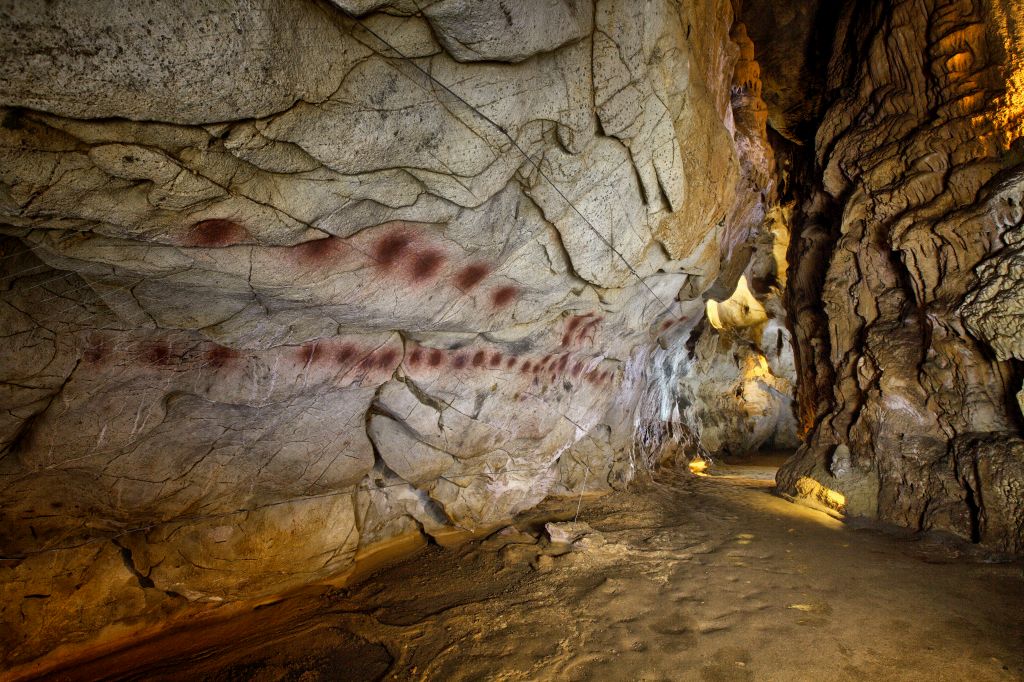
12. **Cueva del Castillo, Spain** – In a sacred cave beneath a pyramid, artifacts such as the Jaguar Throne and human remains reveal the spiritual and ceremonial customs of the Maya.
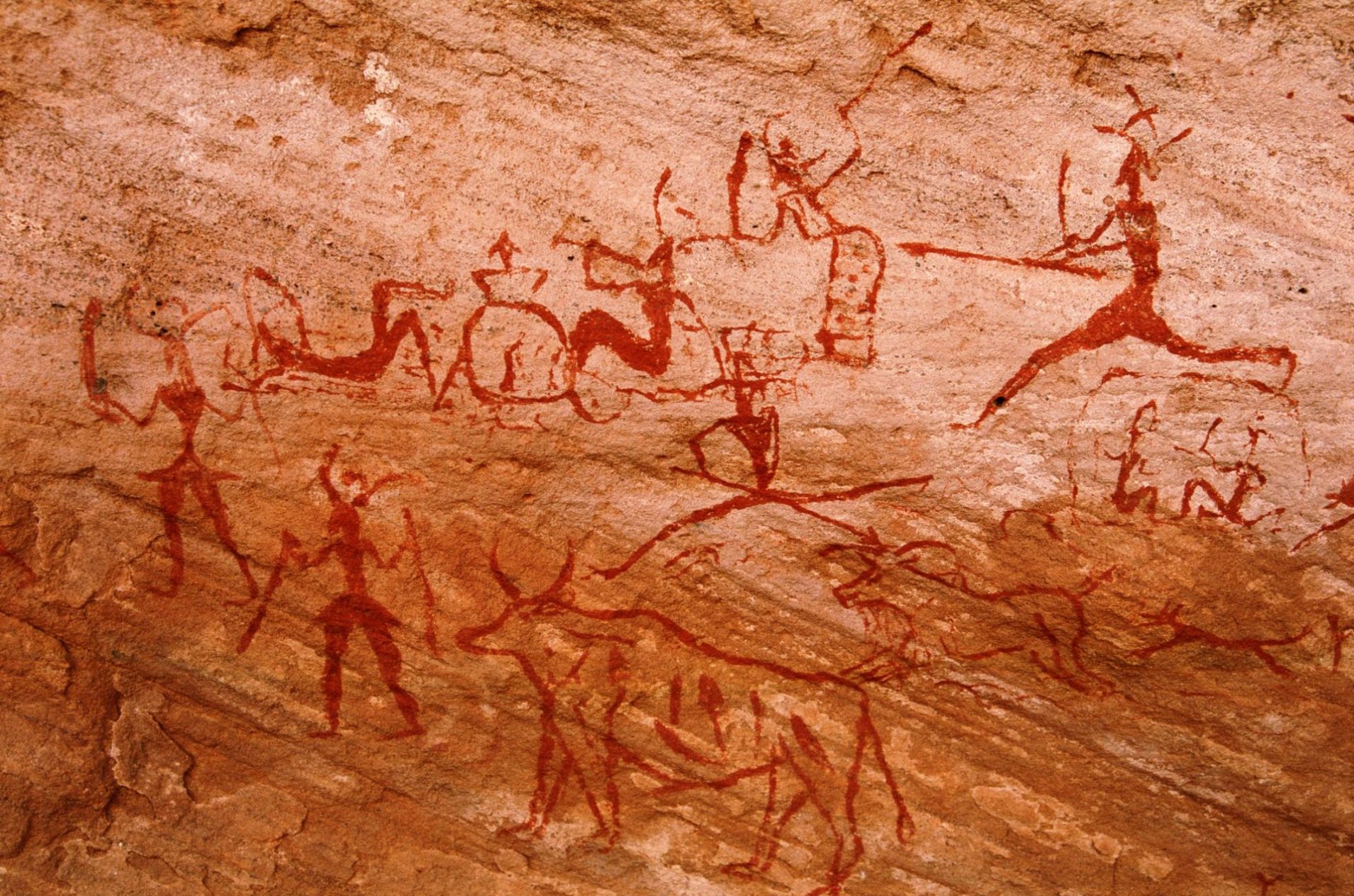
13. **Tadrat Acacus, Libya** – A UNESCO World Heritage site, this area in the Sahara holds thousands of prehistoric rock paintings. Depicting Neolithic rituals, social practices, and wildlife, the site demonstrates the intricate relationship between humans and the desert.
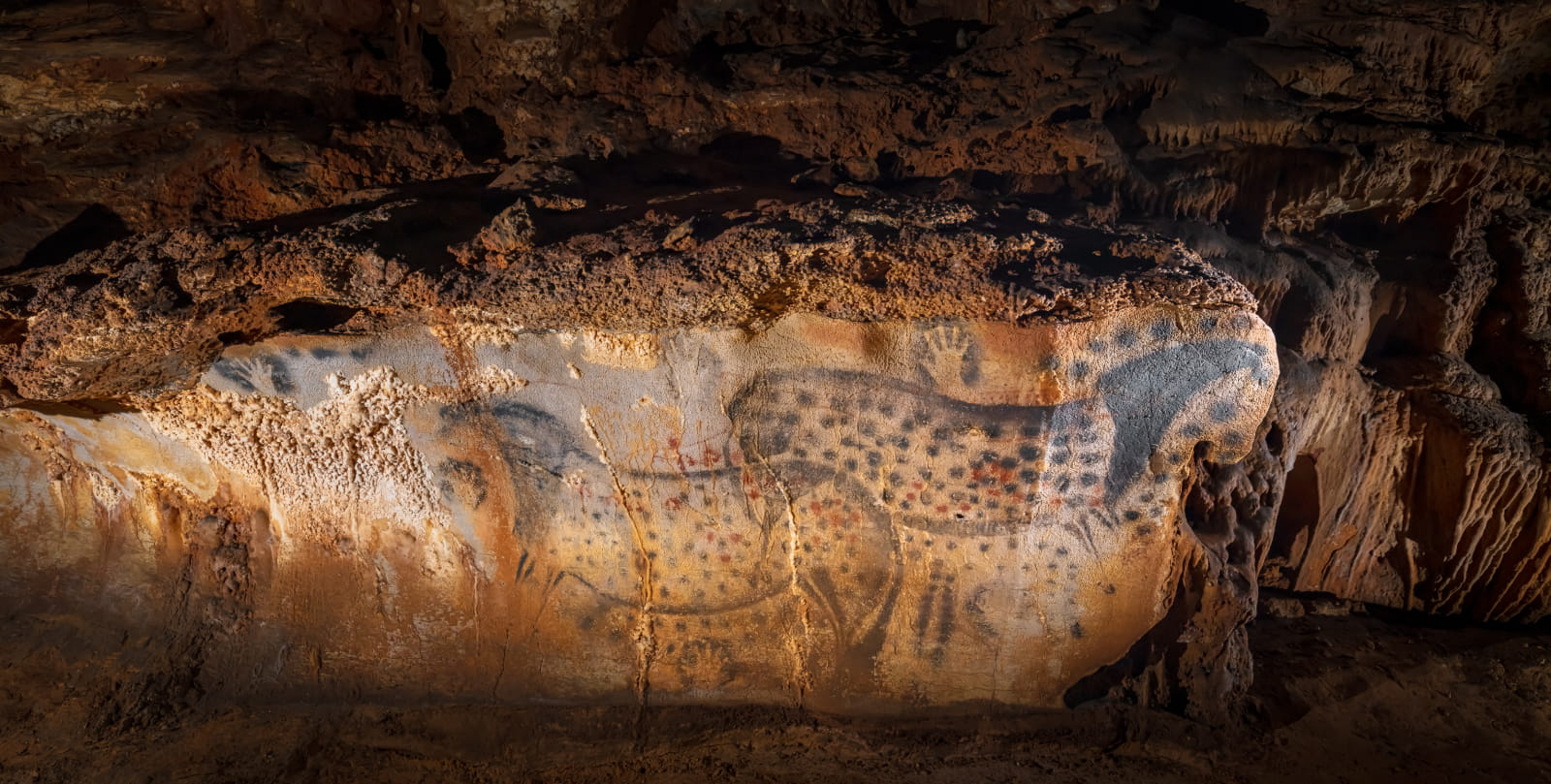
14. **Pech Merle Cave, France** – With well-preserved murals dating back over 29,000 years, Pech Merle illustrates early human artistry with vivid animal depictions and scenes using natural pigments. Preservation efforts allow modern visitors to see these prehistoric art pieces.
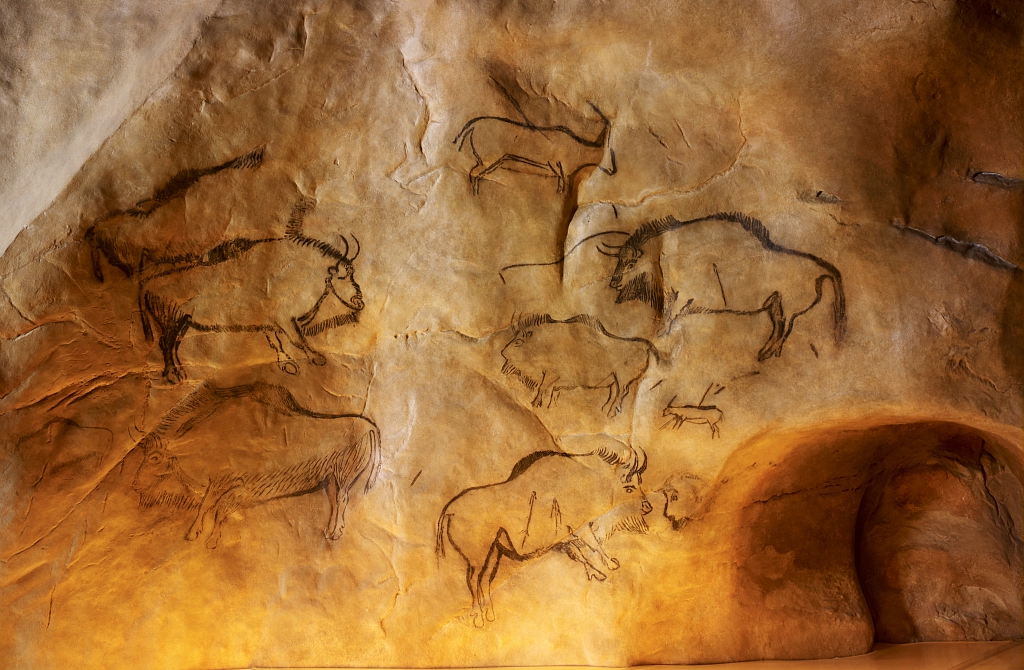
15. **Niaux Cave, France** – Famous for its 14,000-year-old art, Niaux Cave contains elaborate murals of animals like bison and horses, showing early humans’ artistic skill and their spiritual connection with nature.

16. **Magura Cave, Bulgaria** – Home to Paleolithic paintings that portray ancient hunting scenes, rituals, and animal figures, Magura Cave highlights the symbolic and ceremonial life of the era’s people.
17. **Laas Geel, Somalia** – Discovered by archaeologist Dr. Sada Mire, this rock art shows detailed depictions of animals, herders, and hunters, revealing the pastoral and social life of ancient Somali people.

18. **Petroglyph National Monument, New Mexico** – This site contains over 20,000 prehistoric petroglyphs created by the ancestors of the Pueblo people, showing cultural symbols, animal figures, and a glimpse into early society.

19. **Alta Rock Art, Norway** – Near the Arctic Circle, Alta’s ancient rock art portrays reindeer hunting, fishing, and other daily activities of early Arctic people, demonstrating their reliance on nature for survival.
Each site reveals unique aspects of early human life, from spiritual beliefs and hunting practices to social structures, all preserved in rock art and cave paintings.





